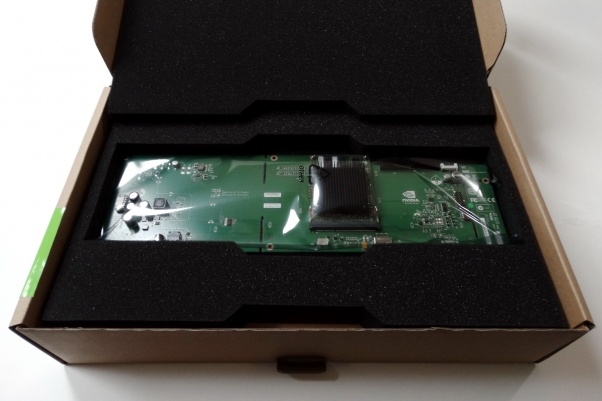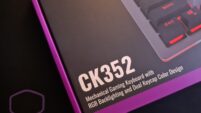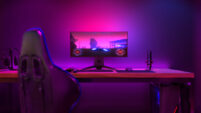
There has been a lot of hype recently around Nvidia’s G-sync technology which actively reduces stutter, smooths out pc video gameplay, removes on-screen tearing by dynamically altering your monitors refresh rate to match that of the graphics card.
Unlike v-sync which we all know to turn off, G-sync and Freesync really does work.
AMD Freesync, The Open Source Answer to G-Sync
AMD have rebelled against Nvidia by developing their own technology, the great thing is that it works in much the same way but its open-source meaning anyone can use the code not only for free but also to develop further, the only limitation with Freesync is that its only compatible with AMD/ATI video cards at current, however, AMD did state in an interview with Toms Hardware that they plan on supporting all graphics cards – yes even Nvidia.
Both technologies operate over the industry-standard Display Port utilising adaptive sync however, Nvidia’s solution uses a proprietary protocol which will limit its support.
In my opinion, much like the blu-ray vs hdvd war, there is a clear winner here for me I am looking forward to seeing Freesync monitors on the market, Samsung recently announced that they would be releasing Freesync enabled UD590 monitors in early 2015 so, only time will tell.
Difference between Vsync, Gsync and Freesync
We already have vsync which is ‘supposed’ to reduce tearing, personally, I never use it because it makes stuttering worse if fps drops too low!. Vsync also limits your FPS to your monitors refresh rate which results in some laggy moments in-game no matter how good your hardware is, even thou 60fps is supposed to be smooth it rarely feels smooth in-game, the new solutions aim to fix this.
FPS IS still locked to 60 but with this new technology it somehow feels considerably smoother, much more life-like and realistic, almost like what 60fps is supposed to feel like, even just watching the videos you can tell its impressive technology.
The Facts
- Vsync was designed for CRTs not LCD panels, Gsync and Freesync aim to tackle this problem.
- New solutions don’t have a fixed interval at which is updates, instead, it updates the monitor dynamically to match the graphics card refresh rate resulting in a smoother gameplay experience for users.
- Freesync & Gsync are more reliable and able to keep games smooth, stutter and tear-free even at low FPS, unlike vsync where stuttering becomes worse.
- There is a small performance hit of around 3 – 5% using Freesync and Gsync, however with the smoother experience it’s barely noticeable.
The Benefits of Gsync and Freesync Technology for Gaming
While it may not be immediately noticeable, there are already benefits for gamers. For those of you that have been trying to game at 4K resolution to be greeted by a laggy unplayable experience then these new monitor technologies will really help.
Unless you have a crossfire / sli set up, the chance of running modern pc game titles at 3840 x 2160 / 60FPS are slim, the most you are going to get is around 40fps, this is where Gsync and Freesync are really going to shine.
Unlike vsync that produces even more stutter if the frame rates drop too low, these new solutions do not suffer from this problem which results is a smoother, stutter and tear-free gaming experience even if your hardware is not really up to the task.
Should I Choose Gsync or FreeSync?
Personally, I am holding out for Freesync, why? AMD have thought less about lining their pockets and more about us consumers which is nice for a change. They will actively try to support Nvidia based video cards as well which is an absolute bonus for both sides, whether Nvidia stop them doing that or not is another question but they will try – to top it off AMD stated that monitors utilising Freesync will be around $100 cheaper than Gsync alternatives which is great news for people buying on a budget.

![[Review] Logitech G502 Lightspeed: Any Good for Gaming? 20210322 170539](https://performancepsu.com/wp-content/uploads/2021/03/20210322_170539-201x113.jpg)


